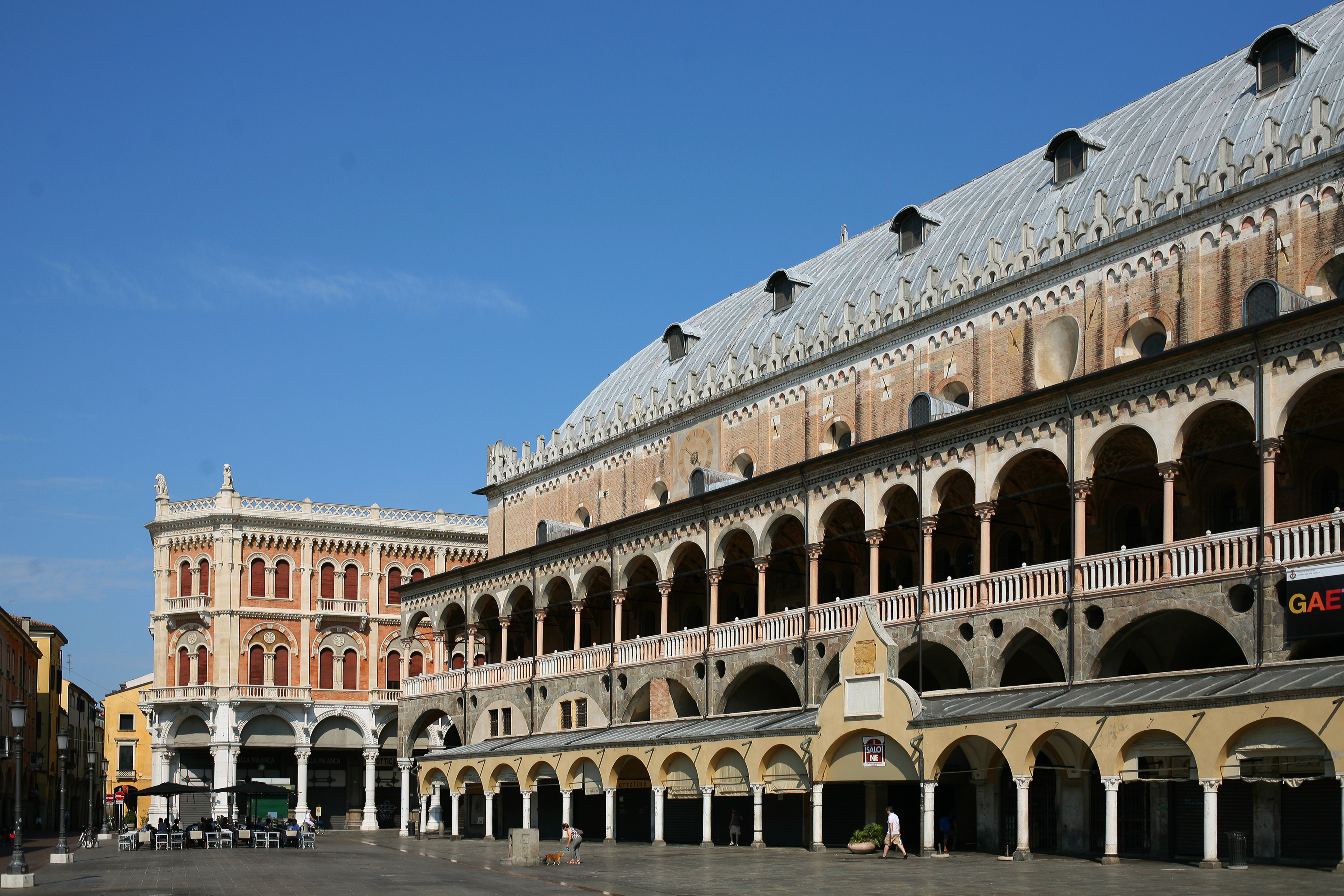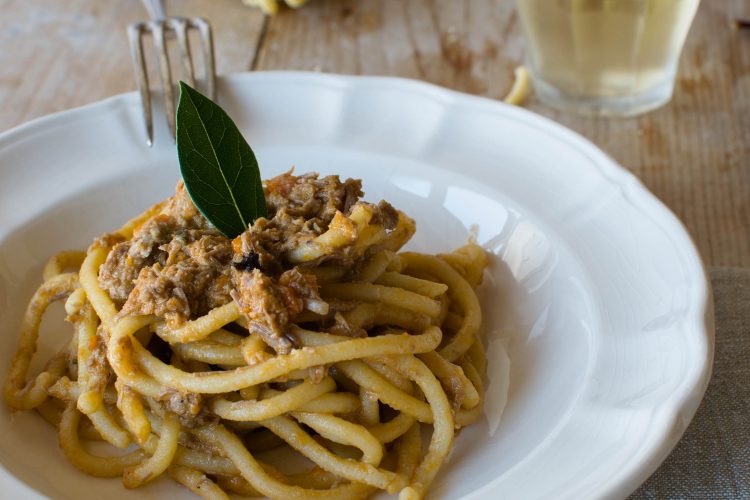Padova is a relatively small town, but hosts many gorgeous sights which make it a prime tourist destination.
Art and Architecture

Piazza delle Erbe and Palazzo della Ragione -- Image Wikimedia
La Cappella degli Scrovegni is a masterpiece from the XIV century, famous for its frescos by Giotto. It is centrally located (a 10 minutes walk from the conference venue. Tickets need to be reserved in advance.
Il Caffè Pedrocchi is a historical cafe in Padova, in a neoclassic-style building designed by Antonio Jappelli in the 1830s. For decades, it has been the meeting point for students, intellectuals and played a role during the 1848. It can be freely visited and it is where we will have our coffee breaks.
Le Piazze are three squares in the centre of town: Piazza delle Erbe (the square of spices), Piazza della Frutta (the square of fruit) and Piazza dei Signori (the Lords' square). To date, the former two still host a daily groceries market, and the latter a weekend general market. They are a few steps away from each other. In Piazza delle Erbe you can find the Palazzo della Ragione, a 1200s public building featuring one of Europe's largest halls.
Il Bo is the historical seat of the University, where the first days of the confernce will take place. It includes the Teatro anatomico and Galileo Galilei's original cattedra.
Il Prato della Valle is one of the largest squares in Europe, with a surface of 90,000 square meters. It is famous for its elliptical shape and rows of statues. On Saturdays it hosts a market.
Il Santo, more properly St. Anthony's Basilica, is one of the largest Catholic churches in the world, visited yearly by over six million pilgrims. Built in the 1200s over several decades, it hosts the relics of St. Anthony and a wealth of sculptures, paintings and fresco (including Tiepolo's and Menabuoi's).
La Specola is an ancient astronomical observatory. The tower was built in the 1300s and converted into an observatory in the 1700s. The area surrounding it is particularly nice for an evening stroll, with a canalised river encompassing the city centre.
Food and wine

Bigoli al ragu' di anatra -- Image La cucina di Monica.
Padova and the Veneto region are famous for their delicious food and wine. Typical dishes are based on local seasonal produce. To name a few: radicchio salad, artichokes, freash peas and beans, asparagus, etc.; for the meat, duck, hen, donkey and of course pork and piglet; for the fish, small crabs (moleche), seafood (canocchie, capelunghe, arselle...), octopus, cuttlesfish and baby octopus (folpetti). A notable exception is salted codfish (baccala') imported from Portugal since centuries is at the basis of some traditional recipes.
A resaurant meal is relatively inexpensive. At lunch, a quick pasta or risotto dish would come at 6 to 7 EUR (10-12 at dinner for a more refined dish), a main course (meat or fish) would cost about 10 to 15 EUR. On this map we listed a number a lunch and dinner spots.
Wine is also very good an reasonably priced, starting at 3 EUR a glass. You can find some excellent bottles in restaurants for about 20 EUR. Venetian spritz is also a must try, and comes at 2.50 - 4 EUR a glass, depending on the cafe. The organisers and Alessandro in particular will be happy to discuss all you culinary curiosities.
Venice

Il ponte dell'Accademia a Venezia -- Immagine Wikimedia.
A regular train service links Padova to Venice (takes about 25 min, and costs 4.50 EUR one way). Make sure to get off in Venezia Santa Lucia, which is located in the earth of Venice, right on the Canal Grande. From there all the main attractions are within walking distance. The train is operated by Trenitalia.

